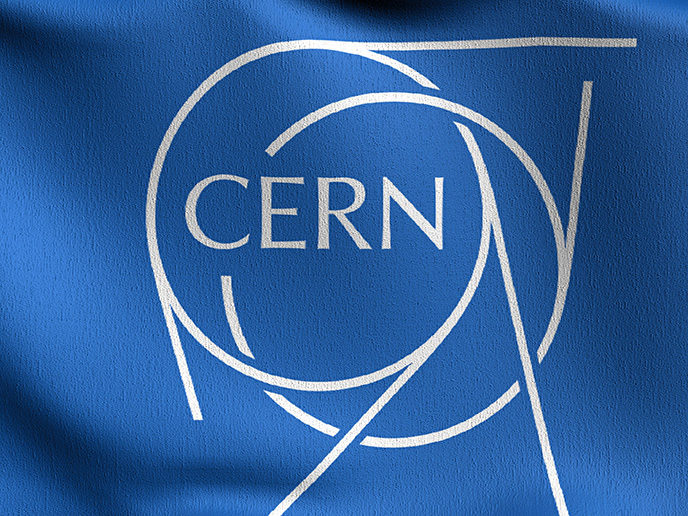The aftermath of particle collisions
The Large Hadron Collider (LHC) is the largest and most powerful particle accelerator in the world. It is poised to conduct fundamental investigations of the matter and force particles that make up our Universe. EU-funded scientists developed theoretical descriptions of two specific types of collisions (electron–positron and hadron–hadron) within the scope of the project 'Event shapes in soft-collinear effective theory' (ESSCET). They used them as a backdrop to investigate quantum chromodynamics, the theory of the so-called strong interaction mediated by one of the fundamental force-carrying particles.In particular, the team was interested in event shape distributions in jet cross-sections. Jets in particle physics are highly directed conical sprays of particles produced in collisions. ESSCET investigators studied the relationships of event shapes to strong coupling and to soft particle radiation between jets, the latter related to quantum chromodynamics. The theoretical framework for analysis of event shape distribution in electron–positron collisions is fairly well-developed. Studies of event shapes in hadronic collisions using soft-collinear effective theory (SCET) are in their infancy.Researchers developed the most sophisticated and comprehensive theoretical description of event shape distributions in existence. In collaboration with scientists in the United States, they also developed one of the most precise descriptions of the strong coupling, competing with the well-established lattice quantum chromodynamics numerical method to solve the quantum chromodynamics theory. Additional work pointed to shortcomings in other descriptions and provided insight into the simple structure of oriented event shape distributions. The fruitful research has led to numerous publications in peer-reviewed scientific journals. Advanced theoretical descriptions of particle collision events will be critical in guiding experimental work at the LHC and other particle accelerator facilities. The models and simulations will also enable comparison to existing and future experimental results, leading to further refinement of models and improved predictions on which to base new experiments.




